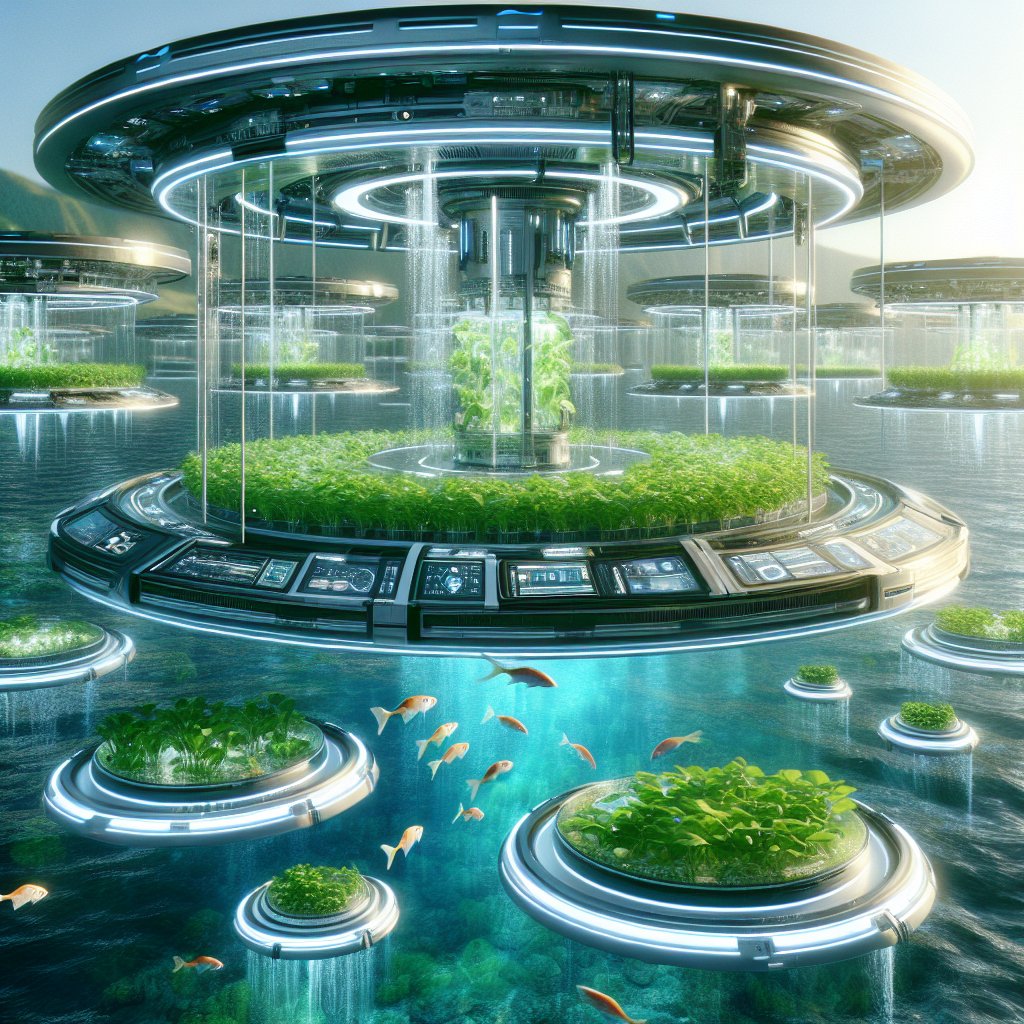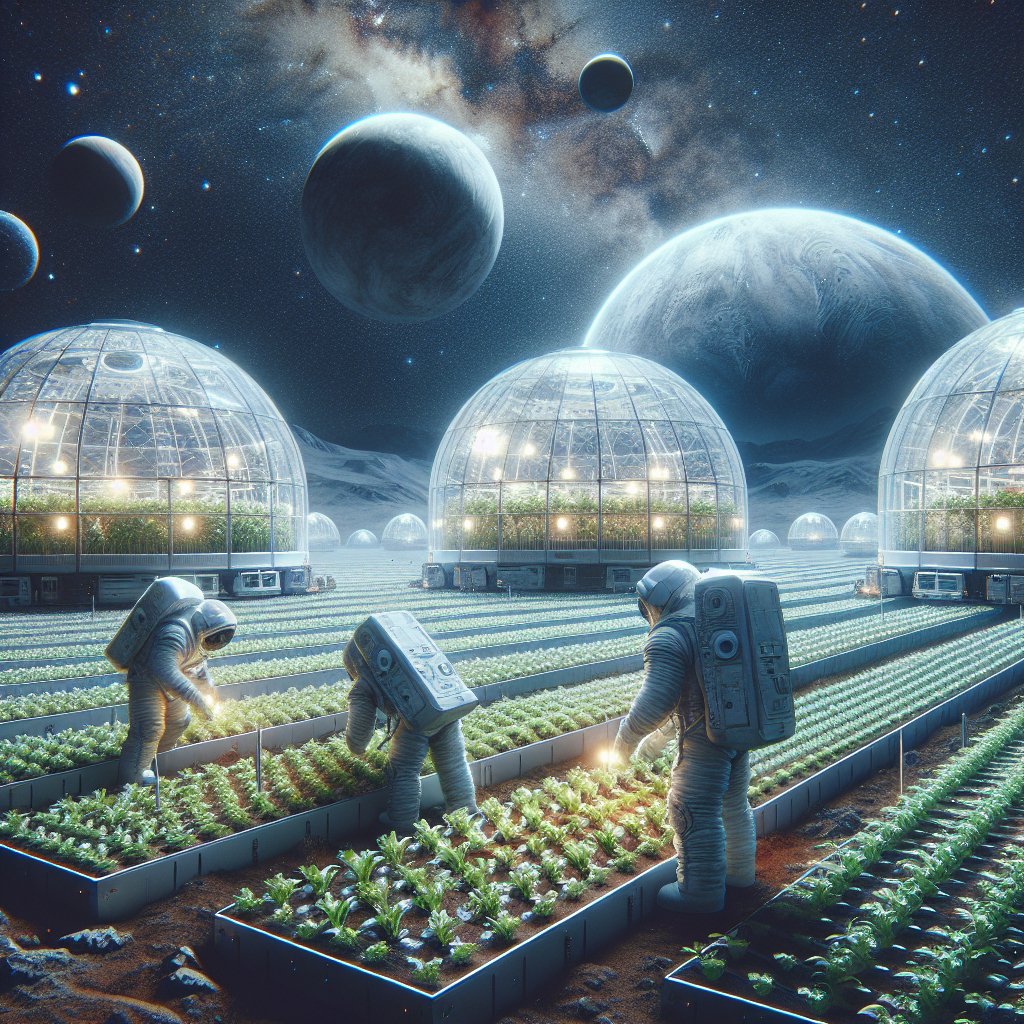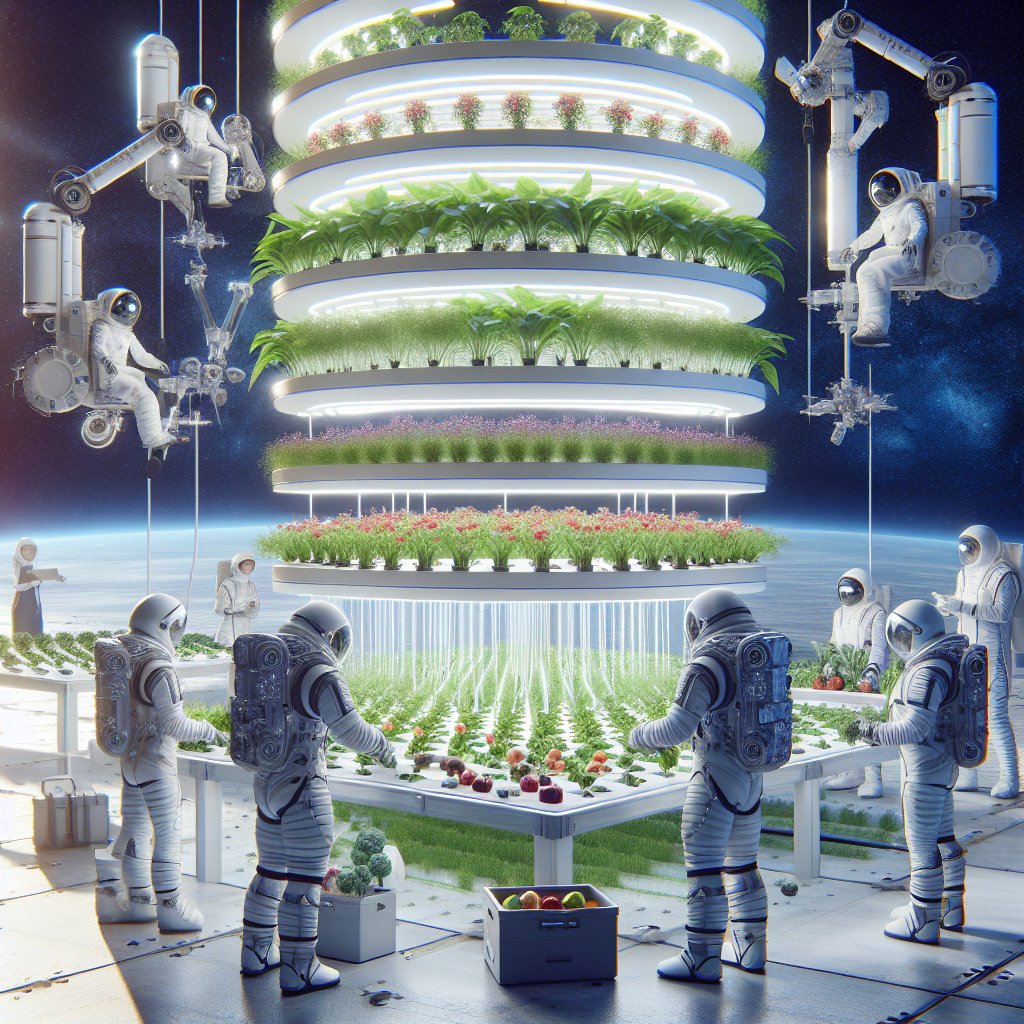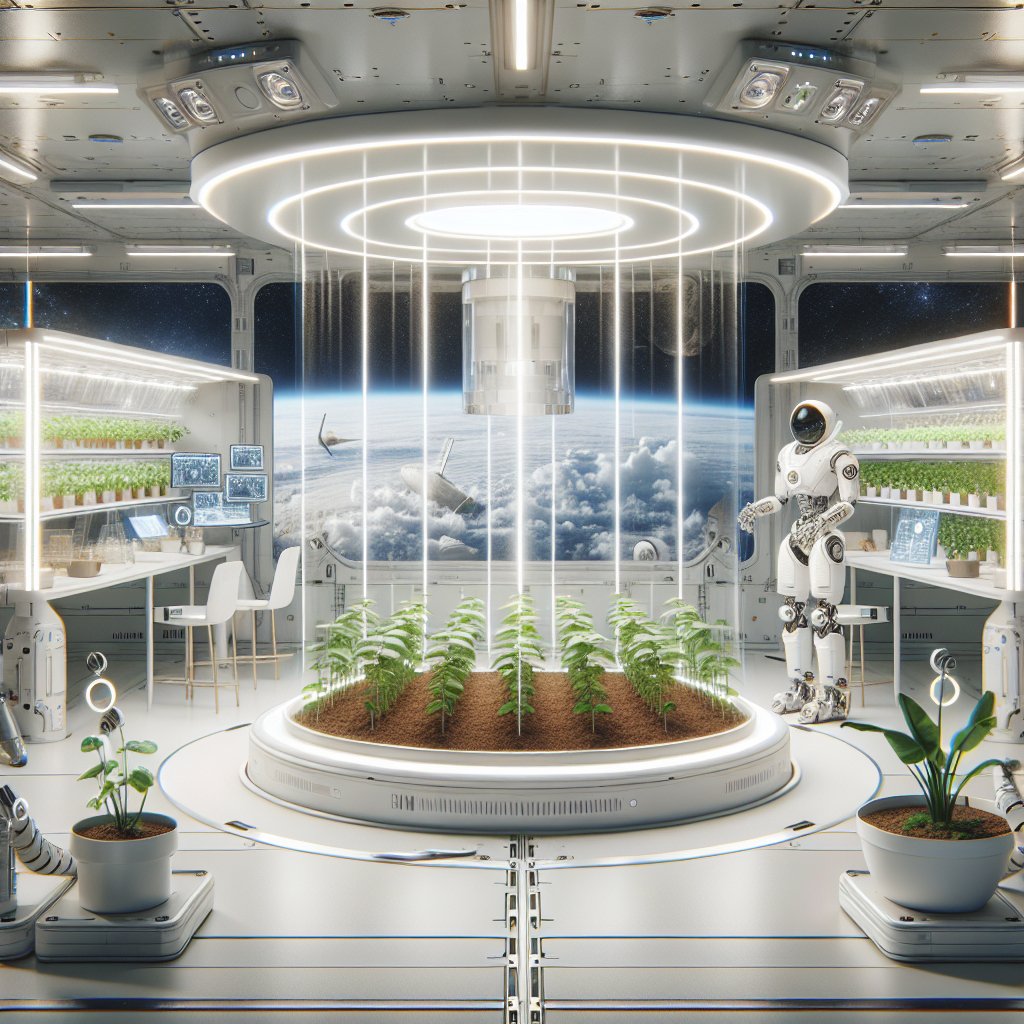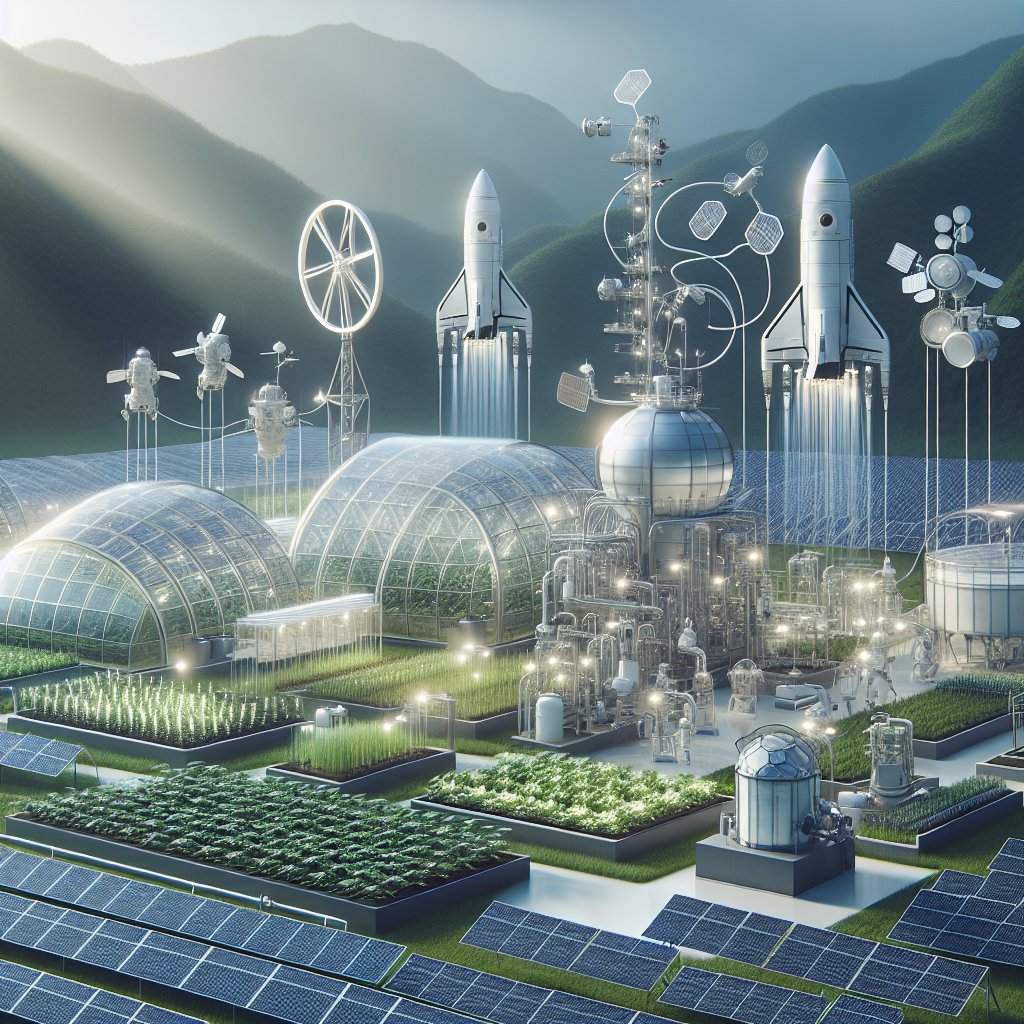The future of aquaculture in space farming systems presents a fascinating intersection of agriculture and space exploration, where innovative techniques and technologies are being developed to sustain human life beyond Earth. As humanity looks toward colonizing other planets, the need for sustainable food sources becomes paramount. Aquaculture, the farming of aquatic organisms such as fish, crustaceans, and plants, offers a promising solution to meet the nutritional needs of astronauts and future space settlers. This article explores the potential of aquaculture in space, the challenges it faces, and the advancements being made to create viable farming systems in extraterrestrial environments.
The Importance of Aquaculture in Space Exploration
Aquaculture has long been recognized as a sustainable method of food production on Earth, providing a significant source of protein for billions of people. In the context of space exploration, the importance of aquaculture is magnified due to the unique challenges posed by long-duration missions and potential colonization of other planets. Here are several reasons why aquaculture is crucial for future space farming systems:
- Nutritional Needs: Astronauts require a balanced diet to maintain their health and well-being during missions. Aquaculture can provide a rich source of protein, essential fatty acids, and micronutrients that are vital for human health.
- Resource Efficiency: Aquaculture systems can be designed to use water and nutrients more efficiently than traditional agriculture. This is particularly important in space, where resources are limited and must be recycled and reused as much as possible.
- Psychological Benefits: Engaging in farming activities, including aquaculture, can have positive psychological effects on astronauts. The act of nurturing living organisms can provide a sense of purpose and connection to Earth, which is crucial during long missions.
- Closed-Loop Systems: Aquaculture can be integrated into closed-loop life support systems, where waste products from fish can be used to fertilize plants, creating a sustainable cycle of food production.
Challenges of Implementing Aquaculture in Space
While the potential benefits of aquaculture in space are significant, several challenges must be addressed to make it a viable option for future missions. These challenges include:
1. Environmental Control
Creating a stable and controlled environment for aquaculture in space is one of the primary challenges. Factors such as temperature, light, and water quality must be carefully monitored and regulated to ensure the health and growth of aquatic organisms. The microgravity environment of space can also affect the behavior and physiology of fish and other aquatic species, necessitating research into how these organisms adapt to such conditions.
2. Water Management
Water is a precious resource in space, and managing it effectively is crucial for the success of aquaculture systems. Developing efficient water recycling and purification systems will be essential to minimize waste and ensure a continuous supply of clean water for both fish and plants. Additionally, the design of aquaculture systems must consider the potential for water loss due to evaporation and other factors in a space environment.
3. Species Selection
Not all aquatic species are suitable for space farming. Selecting species that can thrive in confined spaces, tolerate varying water conditions, and have a rapid growth rate is essential. Research is ongoing to identify the best candidates for space aquaculture, with a focus on species that are nutritionally beneficial and easy to cultivate.
4. Technological Development
The development of specialized technologies for aquaculture in space is still in its infancy. Innovations in aquaponics, hydroponics, and recirculating aquaculture systems will be necessary to create efficient and effective farming systems. This includes advancements in sensors, automation, and monitoring systems that can operate in the unique conditions of space.
Advancements in Space Aquaculture Research
Despite the challenges, significant advancements are being made in the field of space aquaculture. Research initiatives and experiments are underway to explore the feasibility of farming aquatic organisms in space. Some notable developments include:
1. NASA’s Veggie and Advanced Plant Habitat Experiments
NASA has been conducting experiments aboard the International Space Station (ISS) to study plant growth in microgravity. These experiments have laid the groundwork for understanding how plants can be cultivated in space, which is essential for integrating aquaculture with terrestrial farming systems. The knowledge gained from these experiments can be applied to develop aquaponics systems that combine fish farming with plant cultivation.
2. The AquaFarm Project
The AquaFarm project, a collaboration between various research institutions, aims to develop a closed-loop aquaculture system for space missions. This project focuses on creating a self-sustaining ecosystem that can support both fish and plants, utilizing waste products from one to nourish the other. Early prototypes have shown promise in simulating the conditions necessary for aquaculture in space.
3. Research on Fish Behavior in Microgravity
Understanding how fish behave and adapt to microgravity is crucial for successful aquaculture in space. Studies have been conducted to observe the swimming patterns, feeding behavior, and growth rates of various fish species in microgravity environments. This research will inform the design of aquaculture systems that cater to the unique needs of aquatic organisms in space.
The Future of Aquaculture in Space Farming Systems
The future of aquaculture in space farming systems is bright, with the potential to revolutionize how we think about food production beyond Earth. As research continues and technology advances, the integration of aquaculture into space missions will become increasingly feasible. Here are some potential future developments:
1. Sustainable Colonization of Other Planets
As humanity looks toward colonizing Mars and other celestial bodies, aquaculture will play a vital role in establishing sustainable food sources. The ability to produce food locally will reduce the need for resupply missions from Earth, making long-term habitation more viable. Aquaculture systems could be designed to operate in Martian or lunar environments, utilizing local resources and recycling waste products.
2. Innovations in Space Farming Technology
Advancements in technology will continue to drive the development of efficient aquaculture systems for space. Innovations in automation, robotics, and artificial intelligence will enable the monitoring and management of aquaculture systems with minimal human intervention. This will be particularly important for long-duration missions where crew members may have limited time to dedicate to farming activities.
3. Collaboration Between Earth and Space Research
The knowledge gained from space aquaculture research can also benefit terrestrial farming practices. Techniques developed for resource-efficient farming in space may be applied to address food security challenges on Earth. This collaboration between space and agricultural research can lead to innovative solutions that enhance food production and sustainability on our home planet.
Conclusion
The future of aquaculture in space farming systems holds immense potential for sustaining human life beyond Earth. As we continue to explore the cosmos, the integration of aquaculture into space missions will be essential for providing nutritious food sources, promoting psychological well-being, and creating sustainable ecosystems. While challenges remain, ongoing research and technological advancements are paving the way for a new era of food production in space. By harnessing the power of aquaculture, humanity can take significant steps toward becoming a multi-planetary species, ensuring that we can thrive in the vastness of the universe.
